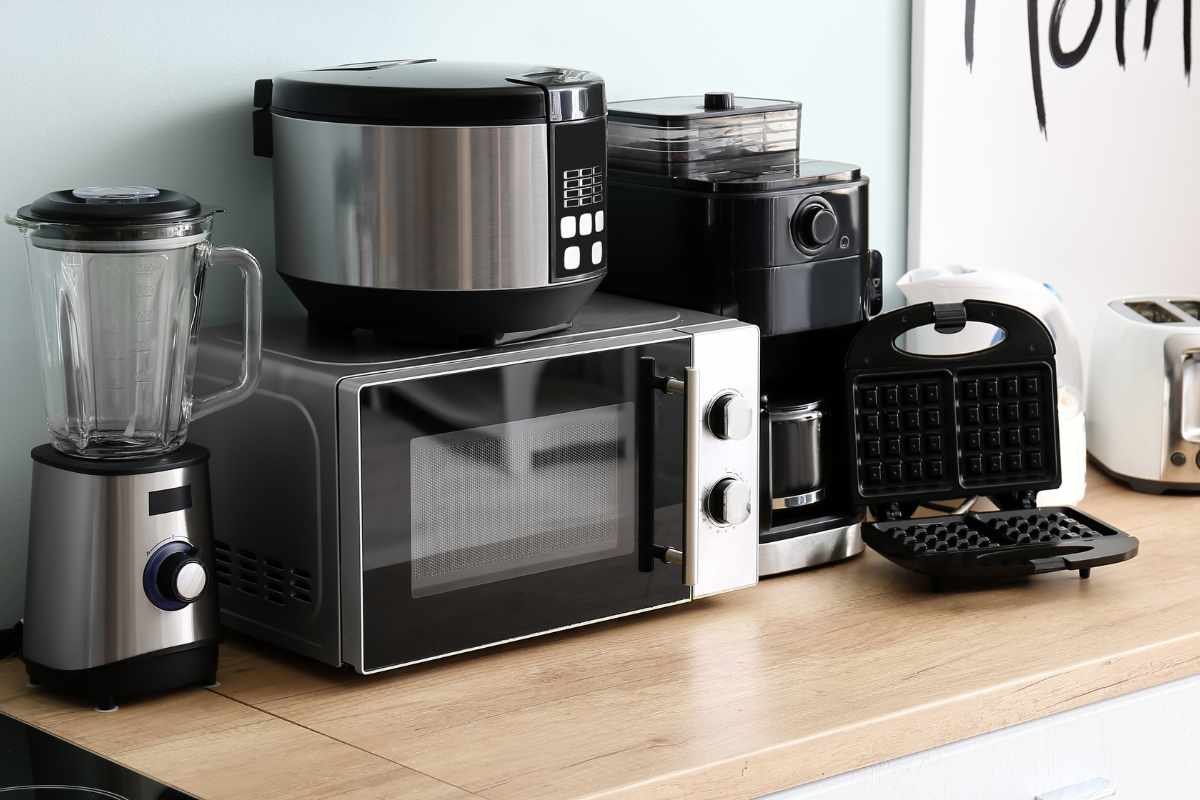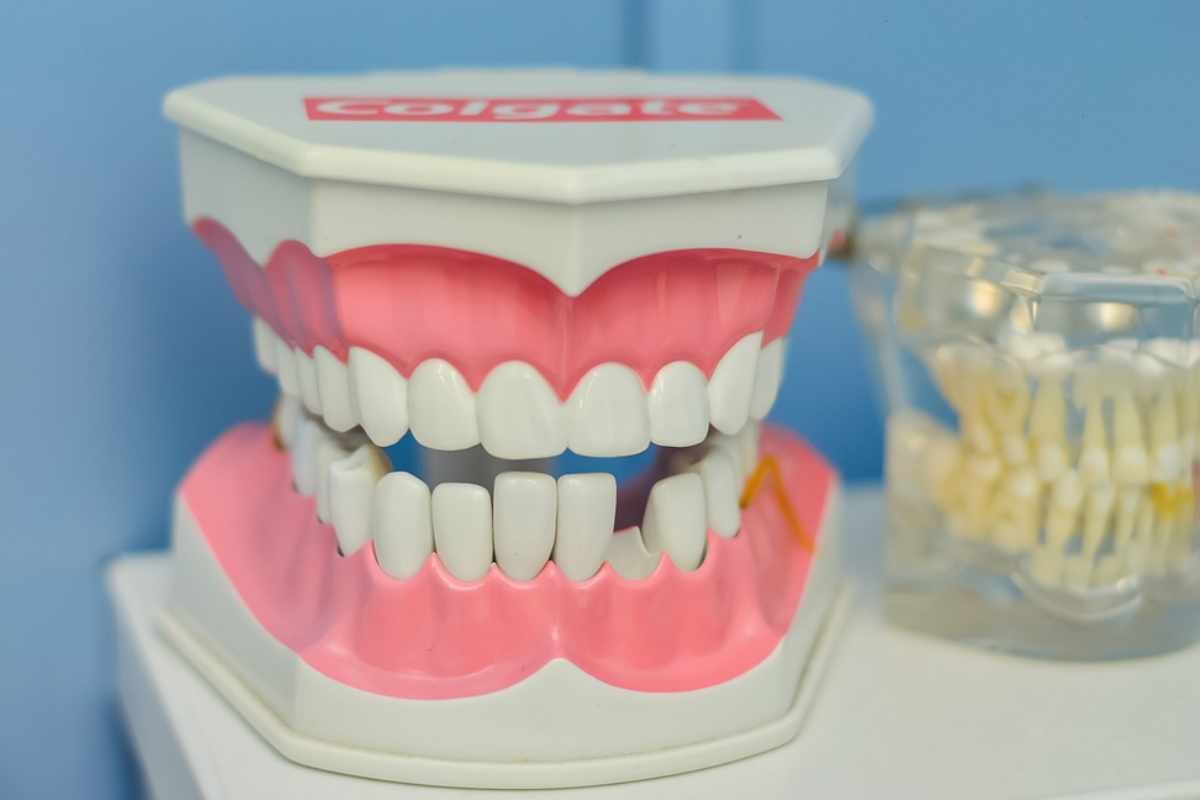In matters relating to the modification of older kitchen styles or even the replacement of old worn-out appliances, it is good to consider using energy-efficient kitchen appliances. Apart from cutting costs on utilities, these appliance are useful in cutting carbon footprints and hence resulting in a healthier environment. In this all-inclusive Kitchen appliances guide, we’ll take you through the decision-making process in buying energy-efficient appliances and provide useful instructions on how to make your purchases more environmentally friendly as well as charge less to power.
Why Choose Energy-Efficient Kitchen Appliances?
Energy efficient kitchen appliances can therefore be described as those kitchen appliances that use less electricity or gas than what is consumed by other similar appliances. This is especially so because climatic change is now a rising problem in most places, and customers have embraced products that have a small impact on the climate. Moreover, there are many governments around the world that provide tax credits or rebates to such appliances encouraging masses to buy these appliances.
For instance, one could reduce the energy consumption of a given house through using the right energy efficient kitchen appliances in the right conditions and this would result in saving hundreds of dollars more than the lifespan of each appliance.
Here are a few compelling reasons to choose energy-efficient kitchen appliances:
- Cost savings: Energy-efficient models use less power, reducing your monthly utility bills.
- Environmental impact: These appliances help lower greenhouse gas emissions.
- Long-term investment: Though these appliances may have higher upfront costs, the long-term savings more than make up for it.
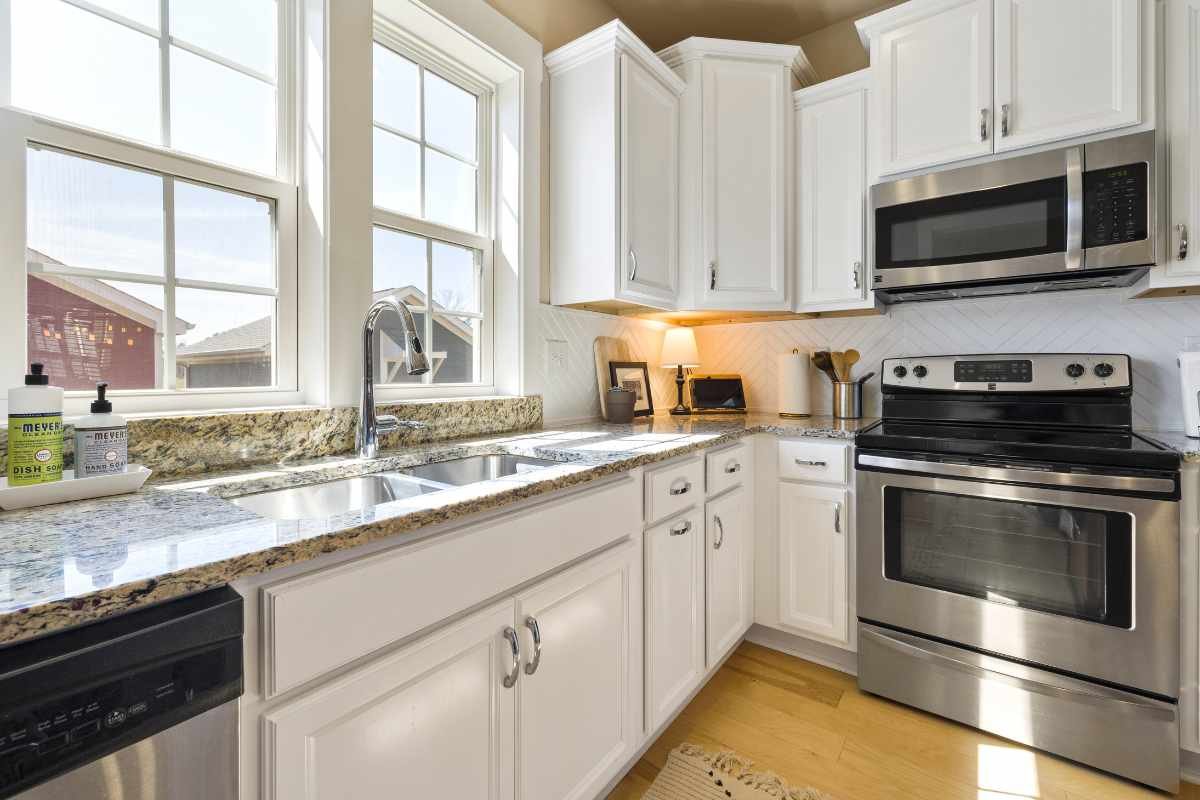
What to Look for?
1. Check the Energy Star Label
When shopping for energy-efficient kitchen appliances, the Energy Star label is your best friend. The U.S. Environmental Protection Agency (EPA) and the Department of Energy (DOE) created this certification to help consumers identify products that are more energy-efficient than standard models. Appliances that carry this label have been tested and meet stringent energy efficiency standards.
For instance, an Energy Star-rated refrigerator uses at least 15% less energy than non-certified models. Dishwashers, ovens, and washing machines with the Energy Star label also consume significantly less water and electricity. Always compare the energy usage ratings of various products to find the most efficient option for your needs.
2. Size Matters
Choosing the right size is crucial when selecting energy-efficient kitchen appliances. A larger appliance isn’t necessarily more efficient, especially if it’s too big for your needs. For example, a large refrigerator might have a high energy rating, but if it’s half-empty most of the time, it’s wasting energy. Instead, opt for appliances that are appropriately sized for your household.
This principle applies across the board—whether you’re buying a dishwasher, washing machine, or stove. Ensure you’re getting the most out of your appliances by using them at full capacity.
3. Opt for Smart Appliances
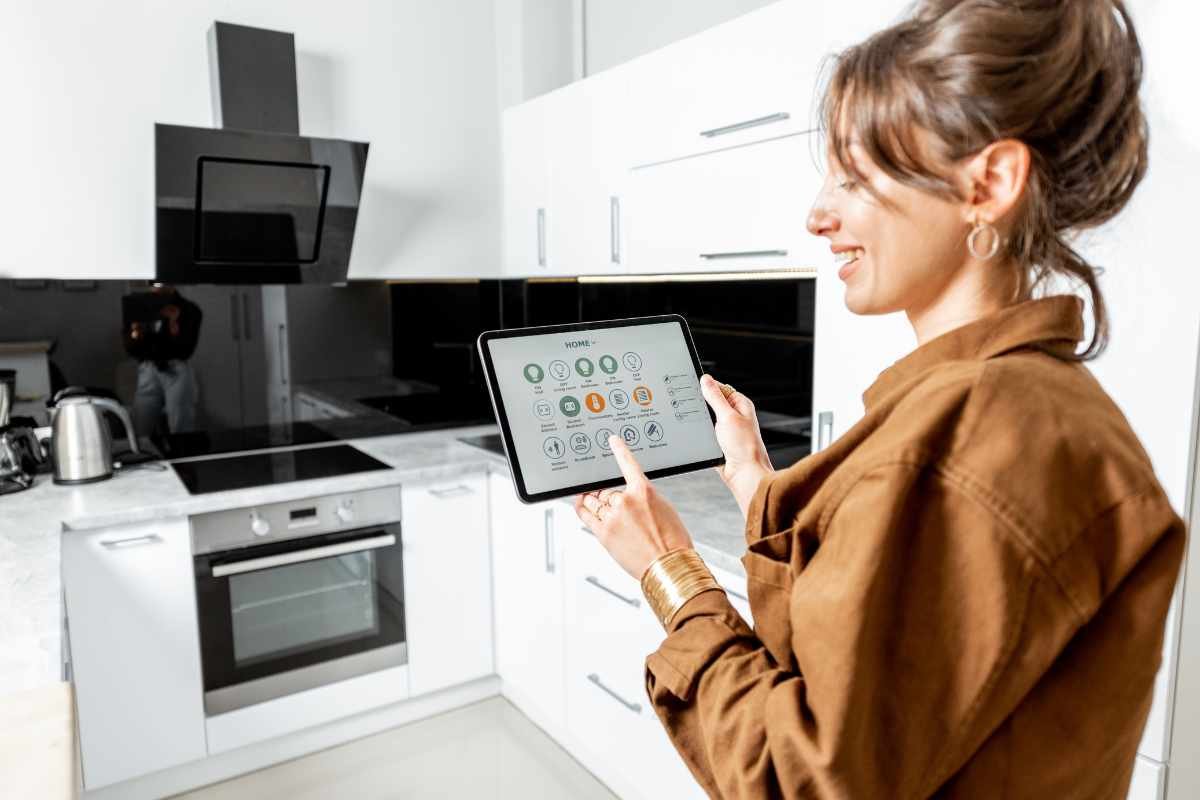
The advent of smart technology has introduced a new era of energy-efficient kitchen appliances. Smart refrigerators, ovens, and dishwashers can be connected to your home’s Wi-Fi and monitored or controlled remotely. These appliances adjust their operation based on your electricity usage, enabling you to run them during off-peak hours when energy costs are lower.
For instance, a smart refrigerator can send you an alert if the door is left open, preventing energy wastage. Some smart ovens even allow you to schedule cooking times so that they preheat during cheaper electricity periods.
4. Consider the EnergyGuide Label
In addition to the Energy Star label, appliances come with an EnergyGuide label, which provides an estimate of the appliance’s annual energy consumption. This label is essential when comparing energy-efficient kitchen appliances. It allows you to see how much electricity (in kilowatt-hours) the appliance will use each year and estimate how much it will cost to operate.
This label is especially useful when choosing large energy-consuming appliances like refrigerators, ovens, and dishwashers, which typically use more energy over their lifetimes.
Energy-Efficient Kitchen Appliances by Category
1. Refrigerators
Among all kitchen appliances, refrigerators consume the most energy because they run 24/7. Choosing an energy-efficient model can significantly reduce your electricity usage. Look for features such as:
- Top or bottom freezer designs: These configurations are more energy-efficient than side-by-side models.
- Automatic defrost: These kitchen appliances with auto-defrost features reduce energy consumption.
- Smart cooling features: Some refrigerators come with sensors that adjust the cooling based on usage patterns, reducing energy during low-use periods.
2. Dishwashers
Dishwashers are another staple in modern kitchens that can be made more efficient. When selecting energy-efficient kitchen appliances, look for dishwashers with the following features:
- Eco cycles: Many dishwashers now have eco-friendly wash settings that use lower temperatures and less water.
- Water-efficient designs: Models that use less water per cycle contribute to both energy and water savings.
- Smart dishwashers: These can be scheduled to run during off-peak hours, minimizing energy costs.
3. Ovens and Cooktops
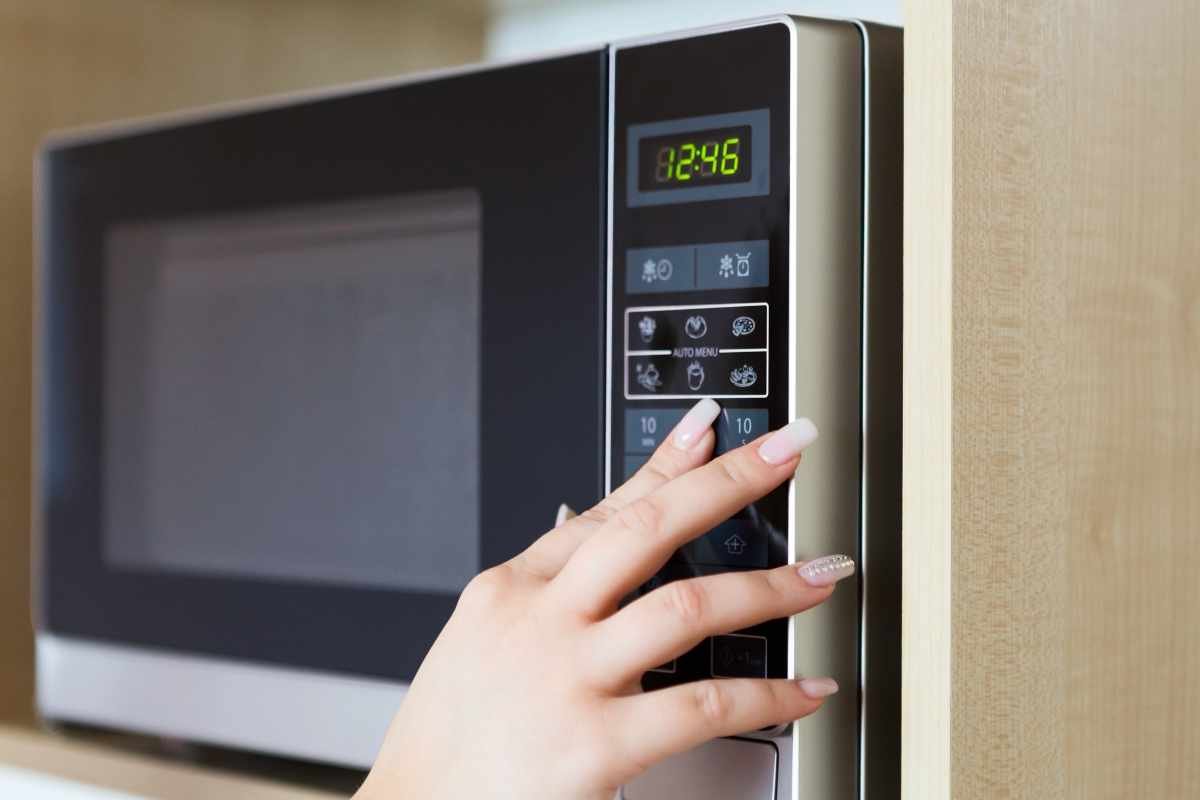
While ovens are well-insulated today to prevent excess heat loss, there are other features to consider for energy-efficient kitchen appliances in this category:
- Convection ovens: These use fans to circulate heat, reducing cooking time and energy consumption.
- Induction cooktops: These heat only the pan, not the surrounding air, making them highly efficient and reducing cooking times.
4. Washing Machines
For households that do a lot of laundry, energy-efficient washing machines can make a huge difference. Look for models with:
- Front-loading designs: These tend to use less water and energy compared to top-loading machines.
- Cold water cycles: Washing with cold water can cut energy usage by up to 90%.
- Load sensors: Energy-efficient kitchen appliances with load sensors adjust the water and energy use based on the size of the load.
5. Tumble Dryers
Tumble dryers are notorious for using large amounts of energy. When choosing an energy-efficient option, consider:
- Heat pump dryers: These are more energy-efficient than traditional vented models.
- Moisture sensors: These sensors detect when clothes are dry and stop the cycle to avoid wasting energy.
Tips for Using
Even the most energy-efficient kitchen appliances can be wasteful if not used correctly. Here are some practical tips for maximizing their energy-saving potential:
| Run full loads: | Whether it’s your dishwasher, washing machine, or dryer, running full loads will maximize energy efficiency. |
| Use eco settings: | Many appliances now come with eco modes that use less energy and water—opt for these settings whenever possible. |
| Avoid standby mode: | Appliances in standby mode still consume energy. Unplug or use power strips with an off switch to cut power completely. |
| Regular maintenance: | Clean and maintain your appliances regularly to ensure they run at peak efficiency. For example, dust off refrigerator coils and clean filters in dishwashers and dryers. |
Final Thoughts
Purchasing energy-efficient kitchen appliances is both wise as far as the money one has to spend and beneficial for the environment as well. There are many ways that one can opt for more energy efficient appliances in a kitchen among them being the Energy Star label, size of the kitchen, and smart technology. Adopt these recommendations and you will be able to maintain your utility bills small and maintain your house eco-friendly for many years now.
Both for renovation and for updating, the priorities of kitchen appliances for your home are to consider energy saving devices for cost savings and a green environment.

